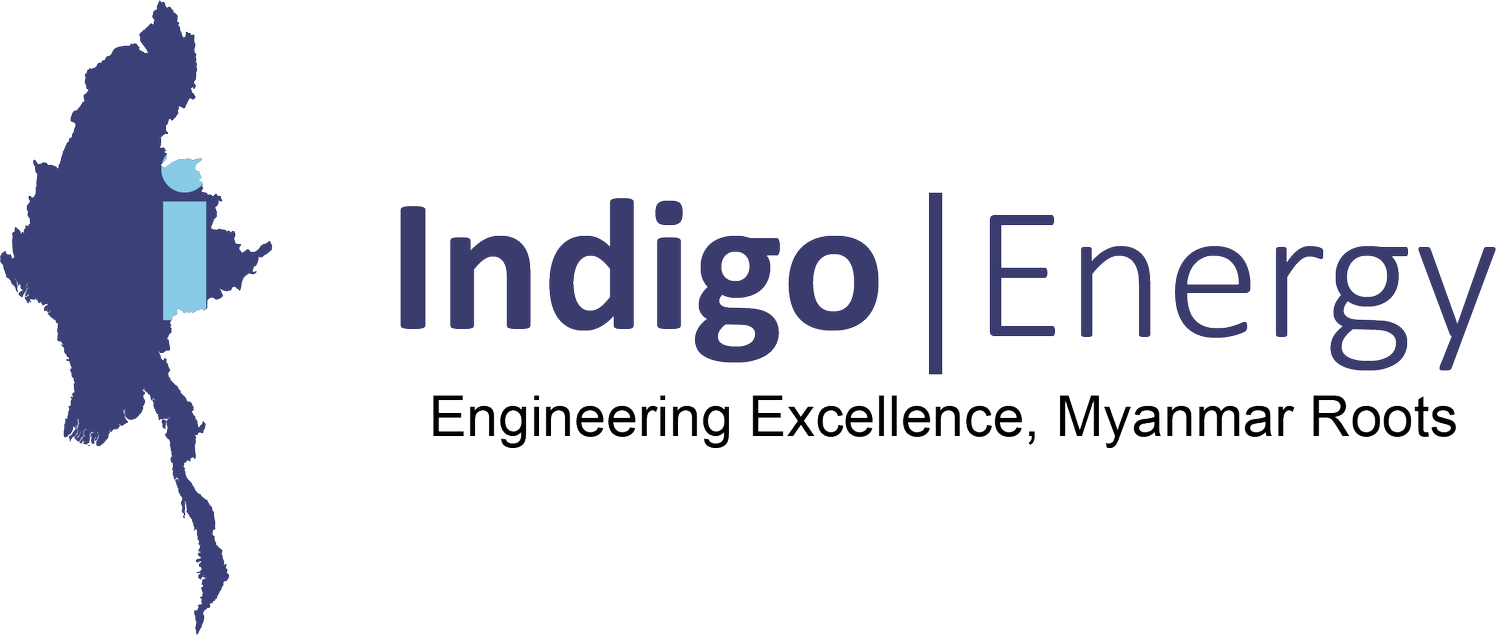War of Codes
When the last Burmese kingdom fell to the British, innovation giants Edison and Tesla were clashing in the War of the Currents to determine whether AC or DC would power the world. The rest, as they say, is history. But the ubiquity of AC in our modern world does not mean that disputes over electricity have ended. From frequency differences to grounding systems, the world remains fractured in both equipment and methodology. And we at Indigo Energy – with clients in the US, Southeast Asia, Australia and Japan – find ourselves in the middle of it all.
This starts with the equipment. The 50Hz - 60Hz global divide splits solar equipment in a way consumer electronics have not been since this side of the millennium. Voltage differences also have a similar effect. Ultimately however, major equipment compatibility issues are fairly mundane to resolve so long as you stick to manufacturers’ market limitations. What will get you are the accessories or what we call “Balance of System components”. Wire nuts vs wagos, conduit vs trunking - that sort of thing.
No, what is more problematic are the myriad ethos that each country’s electrical tradesmen have refined over the years. The US uses the National Electric Code (NEC) - so do some of its neighbors. A number of other countries use codes that feel quite similar to the NEC but swear by their independence (looking at you Canada and Philippines). Much of the rest of the world uses the International Electrotechnical Commission (IEC) standards as their guiding star, but here too it seems, people like to add their unique touch.
You might be wondering what Myanmar uses. Though there is indeed a Myanmar National Building Code (MNBC), there is little uniformity on the ground. Part of the reason is that although new construction tends to follow this code, existing structures are a toss-up. Another part of the reason is that the code itself (perhaps conscious of its place in the world) is relatively permissive of alternatives– just one of the reasons why for instance, you cannot rely on color to differentiate between phase, neutral or ground wires in Myanmar. Yet another reason is the tendency of foreign-led projects to follow their home country’s guidelines.
Finally, there are Myanmar-specific reasons. Things we’ve dealt with here in the golden land include -
Single family homes with 3 phase power supplies,
homes with individual meters for each floor,
and homes with a single meter but two separate connections to the grid – when a blackout hits, people try the other line just in case.
My personal favorite has to be those homes with a single meter and a single connection to the grid, but the contact point between the service drop and the distribution line is movable. Imagine if you will, a fishing line connecting the house to the grid. In case of blackout, someone goes out with a bamboo pole to see if changing the “hook” to latch onto a different pole might restore power.
So this presents us with challenges in maintaining internal consistency within the company. Simply following the “when in Rome” adage works for individual projects outside of Myanmar. For our projects within the golden land itself, we have landed on an uneasy equilibrium of following the NEC for the most part, but switching to the IEC for specific sections. Until the global hegemony of the IEC overlords finally extinguishes electrical nationalism, NEC compliant projects will line our road to Mandalay.

